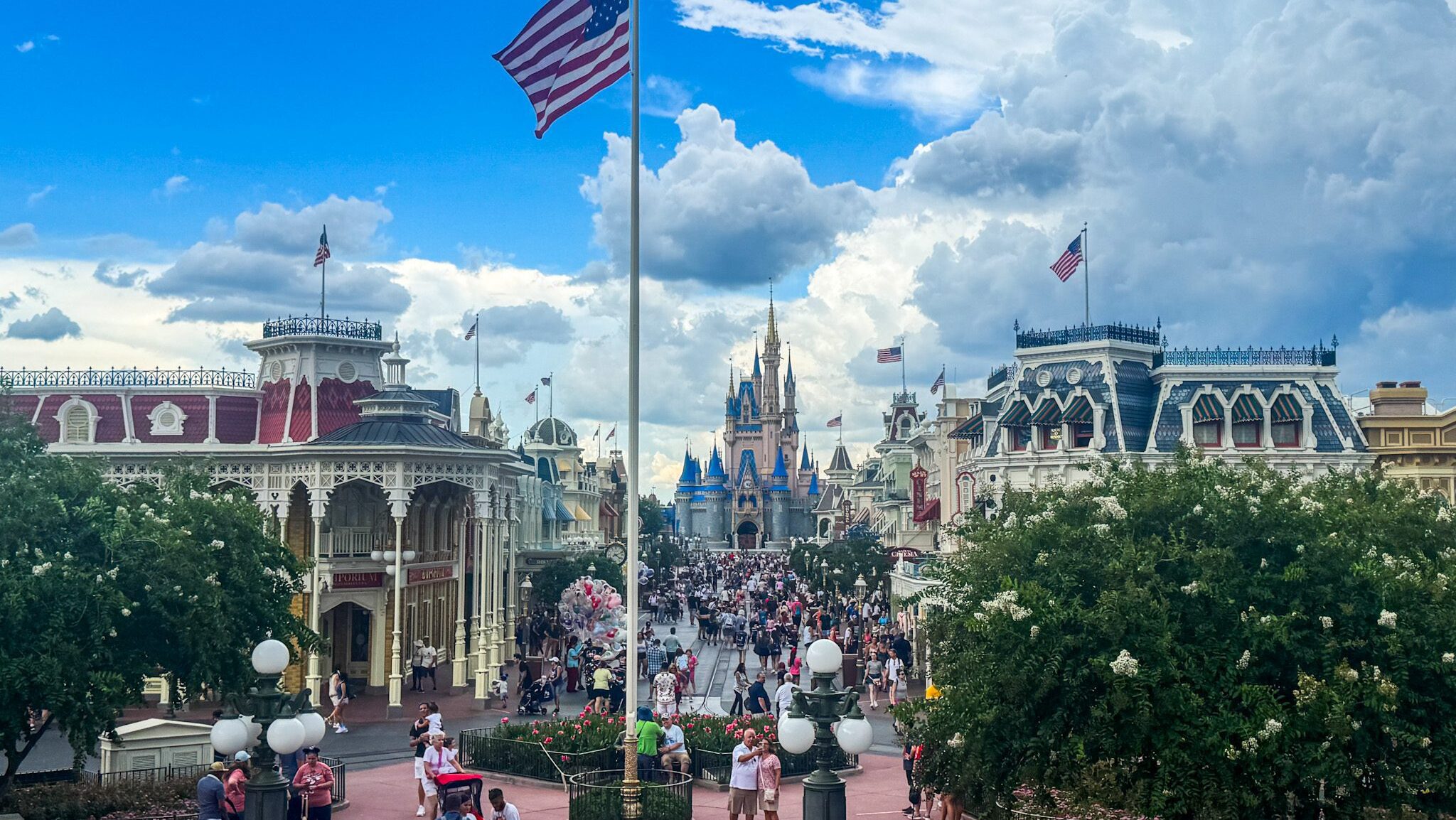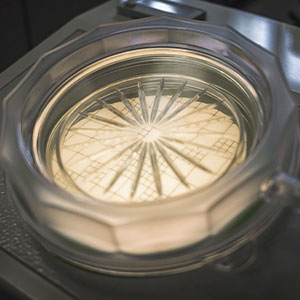
By Paul Maclean
Three years ago (almost until the day) I got the privilege of having made a small contribution to the Stereoscopic Blog article about their Stereoscopic Camera (3D) & Stereoview. The work detailed my stereoly beam breaker for the Leica III camera from the 1930s. Since then Rebecca kindly invited me to expand a little more about what I really did with this stereoscopic equipment.
As described in the original article, because Leica III (1933 model) uses 35mm film (Leitz’s camera is the first commercial successful camera that does it), the results are not instant and so that the shooting is often chosen with certain thoughts and patiences needed for 100 people who can be withdrawn, while the separation of beams can certainly capture thoughts (up to 1 00 which are needed to do views (100 people who can be drawn, while separation can be selected with certain thoughts and patience. and extraordinary dyeing that you can achieve with stereoscopy.
My workflow (like I suspect many) is usually hybrid, analog capture on film (Color or Black & White), followed by digital scanning and screen display. In a newer time I am interested in exploring outside the screen (either on a monitor or headset) that has made me make and display images in two historic formats:
1) View-master
Yes, it is still possible to make a roll of custom display-master! There are various services available online (English/US/Europe) and the results are at least as well as the scroll of vintage views. A new project involving the use of Leica stereoly to record the ruins of Milner Fields near Saltaire in Yorkshire, the remaining haunted place to return to nature after the fall of the Grand Victoria textile kingdom. Seeing the scrolls of newly made teachings such as peeking at other worlds from your own making. All more in depth at its depth.
2) Cyanotypical Stereography
This second format is inspired by the Stereo Sianotip Rebecca itself and the Emporium of Light and the Depth of the Stereoscopy Blog. Cyanotype (The Ferro-Prussiate Process) is a method of printing iron-based Victoria created by Sir John Herschel in 1842 which produces deep Prussian blue images in a relatively easy and direct way. This is the origin of the term “blueprint”. There is something magical about seeing your stereo view appear in front of your eyes when you remove salt under your tap. The way each cyanotype is made (by hand) means that there are no two exactly the same. This is an extraordinary combination of art and science, which I like.
Each of these two forms of material has its own attraction and in some cases I have re-created the same stereo image in both, to appreciate their differences. I found the tacty and real nature of stereographic molds to be very commensurate with effort, adding more weight (so to speak) to the meaning and appreciation of what was captured by taking extra steps to go beyond virtual to real.
I will encourage you to give your stereo image printing (in any form). I found that molds tend to attract more attention and focus of viewers; Consider the efforts you made to make it from the start, it can’t be bad!
Paul Maclean
#Stereoscopyday
Copyright © The Stereoscopy Blog. All rights are protected by law.
Betting Tips/a>
Berita Olahraga
News
Berita Terkini
Berita Terbaru
Berita Teknologi
Seputar Teknologi
Drama Korea
Resep Masakan
Pendidikan
Berita Terbaru
Berita Terbaru
Berita Terbaru

